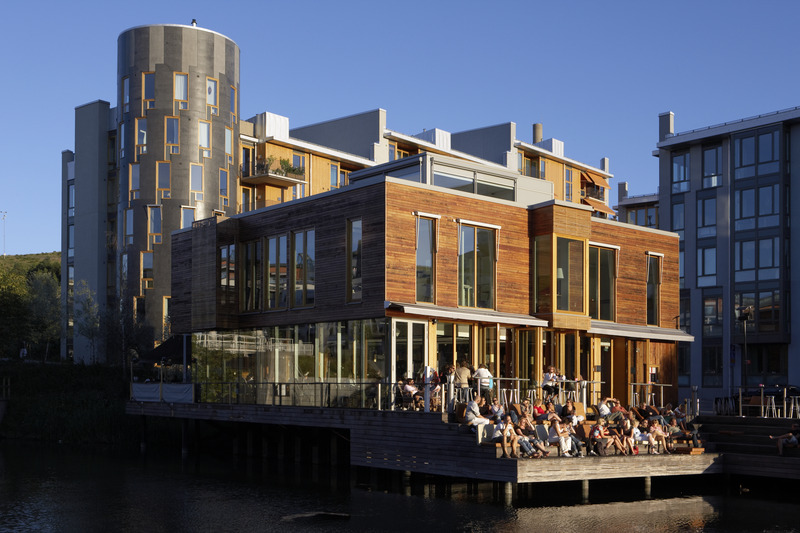Summery
- The Stockholm Region considers that the directive, to all practical purposes, has been successful in raising the standards in new construction, but not in improving the performance of the existing stock.
- The directive has not accelerated the renovation rate of existing buildings. However, valuable demonstration projects, facilitating knowledge of nationally and EU funded energy-efficient renovations have seen the day.
- The Stockholm Region is dubious about the added value of energy declarations. These might be helpful for smaller private property owners but for the public companies of the City of Stockholm, for example, they have not brought about much change. The quality has been doubtful and the monitoring is not working. Even in terms of saved kWh, the added value of energy declarations is doubtful. Having been regarded as a burden, they have impacted negatively on the results.
- As far as the “nearly zero energy buildings” target is concerned, the Stockholm Region believes that it can be achieved in the long term, using as a lever, and following the lead of, cities sometimes having higher standards than the building regulations of the National Board of Housing, Building and Planning (BBR).
- Regarding whether the EPBD is helping the EU to achieve the energy and climate targets, it will mainly be the energy producers to shoulder the renewable energy requirements, but locally produced energy in, or adjacent to, buildings may generate a certain input.
- As to whether the EPBD is in line with the principle of subsidiarity, the Stockholm Region considers that, for example, individual measurement requirements should be determined at the national level.
- On the question whether the information available on the national/regional building stock is sufficient to provide a clear picture of energy performance in the EU’s building stock, the region considers that Swedish energy statistics generally are good, but not at the municipal level. It would be interesting to have a website, where you could compare the energy performance of buildings in the EU.
- Furthermore, we believe that net energy consumptionis the optimal system boundary to set energy performance standards for buildings. It promotes technological neutrality and makes weighting factors obsolete. The choice of energy efficient heat exchangers, heat pumps, etc. can be controlled by energy labelling and by phasing out inefficient appliances.
- Finally, we would like to highlight the development of several successful projects focusing on energy efficiency in buildings in Stockholm. One of them is the urban development project Sustainable Järva. Another major project is GrowSmarter, which is financed by the EU program Horizon 2020.
Read the full version and download PDF in English or PDF in Swedish.
